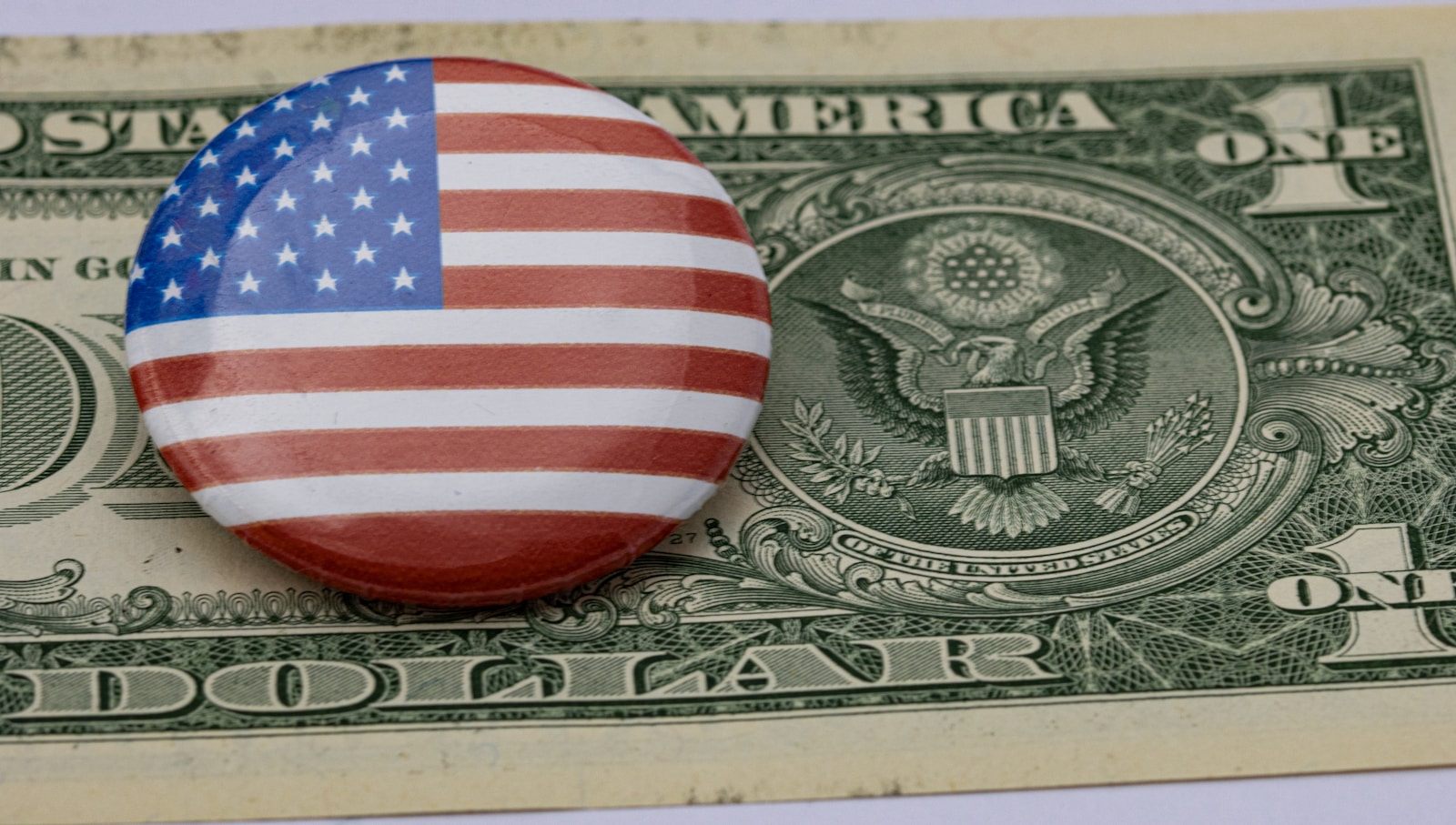
Bremen's Boom or Bust? On the Impact of U.S. Tariff Policy on Bremen’s Economy
HWWI Studies, No. 5, Hamburg Institute of International Economics.
The present study examines the question of how the tariff measures of the Trump administration are likely to affect Bremen’s economy, particularly its car sector.
The erratic policies under Donald Trump’s second administration make it difficult to anticipate the future direction of U.S. trade policy. The U.S. tariff regime assumed in this study is fundamentally based on the presidential Executive Order that came into effect on April 2, 2025, the so-called “Liberation Day”. Two hypothetical scenarios are considered. Both scenarios assume reciprocal tariffs and counter-tariffs based on Executive Order 14257 of April 2, 2025, including special tariffs of 25% on steel, aluminum, and passenger vehicles.
In the escalation scenario, it is assumed that the provisional agreement between the U.S. and China, reached on May 12, 2025, does not have lasting effects and that further negotiations lead to an escalating trade war between the two countries. In the relaxation scenario, the trade deal from May 12, 2025, is assumed to be held in the long term. However, instead of a flat 25% tariff, car products are subject to the respective reciprocal tariff rates applicable in the different regions.
The main findings, based on simulation results, can be summarized as follows:
- The economic impact of the assumed U.S. tariff policy on Germany and the rest of the EU is negligible in both scenarios. The People’s Republic of China would experience a moderate decline in GDP and employment. Conversely, the rest of the world would benefit. The United States itself would face a profound recession.
- For Bremen, the HWWI model forecasts a neutral overall effect on GDP with a slight decline in the number of employed people. The decline in net exports is, ex post, offset by increases in private consumption and investment demand.
- In the escalation scenario, simulation results show positive effects on output and employment (+1.45% and +2.76%) in Bremen’s car industry. This is mainly due to a sharp price drop in imported intermediate goods from China, which are essential for car production. This price reduction relieves the cost structure of the sector, leading to increased output and employment.
- In the relaxation scenario, output and employment in Bremen’s car sector would decrease by -0.24% and -0.45%, respectively. In this scenario, the U.S. tariff surcharges on Chinese goods are closer to those applied to products from other non-U.S. regions. As a result, no significant price drop for intermediate goods from China occurs due to the lack of competitive pressure.
- Thus, the impact on Bremen’s car sector depends on the intensity of the trade conflict between the U.S. and China. For other sectors, the likelihood of avoiding negative effects from a trade conflict increases with the degree of trade integration with non-U.S. regions. This allows for cheaper sourcing of intermediate goods and better sales of final products. In Bremen’s case, this especially applies to trade with other German and European regions as well as with China. Bremen benefits from its broadly diversified trade portfolio.


